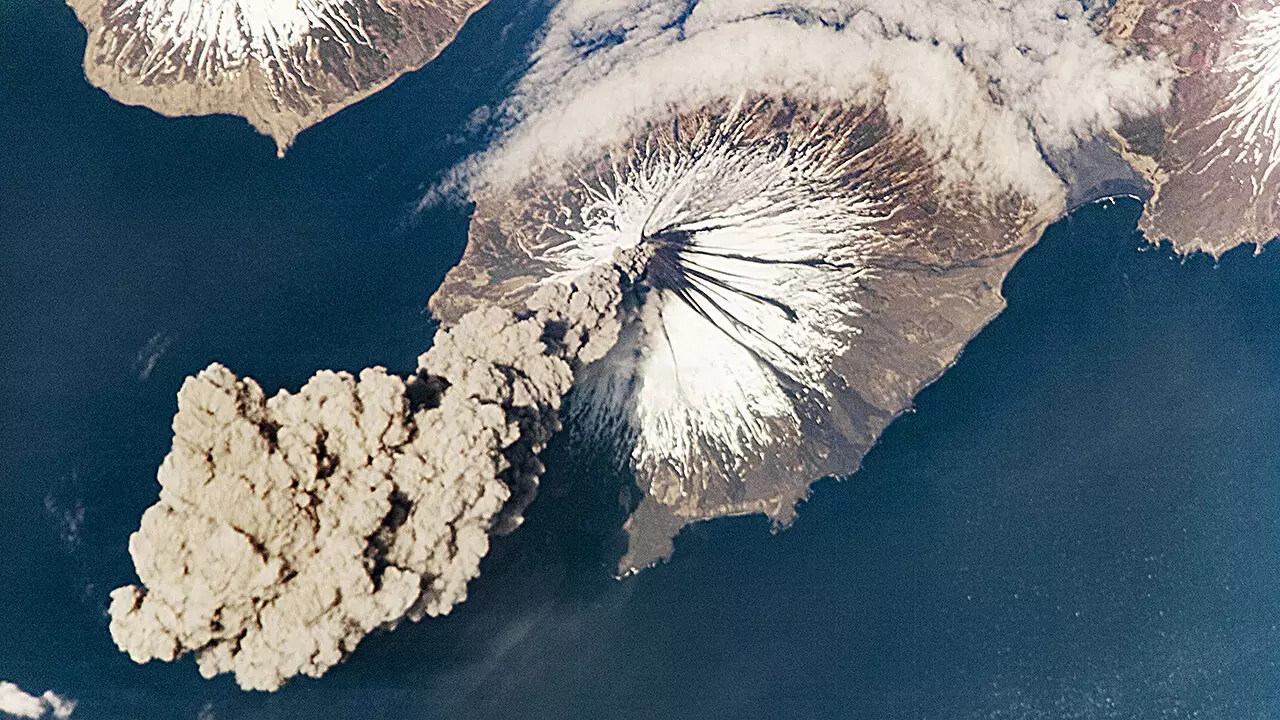At the heart of our planet lies a complex interplay of geological processes, particularly within subduction zones, where tectonic plates engage in a seemingly silent but dynamic battle. Oceanic plates, densely packed with water, plunge beneath lighter continental crusts, giving rise to a fascinating phenomenon: the redistribution of water deep within the Earth’s mantle. This water doesn’t merely vanish; instead, it contributes significantly to volcanic activity on the surface and influences the characteristics of earthquakes. The intricacies of these mechanics, however, aren’t as straightforward as one might assume.
Hydration and Its Impact on Mantle Dynamics
Recent research conducted by G. S. Epstein and colleagues sheds light on how the variation in water release from oceanic plates impacts mantle hydration. Their study, published in AGU Advances, uses sophisticated simulations to paint a clearer picture of this process. By modeling the interaction between a 90-million-year-old oceanic plate and a younger 10-million-year-old plate, they focused on the fore-arc mantle wedge—a region teeming with opportunities for geological transformation. What stands out is the crucial interlinking of water migration and the thermal evolution of the subduction zone.
In the early stages of subduction of the oceanic plate, the water was extracted from the slab, yet the high temperature of the surrounding mantle compromised the stability of the minerals capable of holding that moisture. Remarkably, this fluid did not replenish the mantle but instead contributed to volcanic melting, producing the spectacular eruptions we associate with mountainous regions.
The Sweet Spot for Sustaining Water
This research delineates a fascinating middle stage in the subduction process, where conditions are peculiarly favorable for hydration. As the slab descends rapidly into the upper mantle, the thermal conditions in the fore-arc wedge shift, allowing the water that is released to ascend. This balance of high temperatures at slab depth and cooler conditions in the fore-arc wedge creates an optimal scenario for water absorption. It’s as if nature has orchestrated this phase to optimize the hydration of the mantle—a striking example of balance in geological systems.
Revising Our Understandings of Water Storage
Perhaps the most groundbreaking revelation from Epstein’s team is the sheer volume of water nestled within the fore-arc mantles. They estimate that these regions hold up to ten times more water than previous models suggested, equal to approximately 0.4% of Earth’s oceanic water. This finding invites a reevaluation of how we understand the global water cycle and its intimate connections to tectonic activity. The implications stretch beyond just geological circles; understanding this cycle sheds light on broader environmental processes that influence climate, ocean patterns, and even the atmosphere.
The research emphasizes that the Earth is not merely a static body but a dynamic system where water moves in concert with geological processes, playing a role that influences not just geology but also climate and ecosystems above ground. Such insights not only feed our academic curiosities but also challenge us to consider the invisible yet mighty forces that shape our world beneath the surface.


Leave a Reply